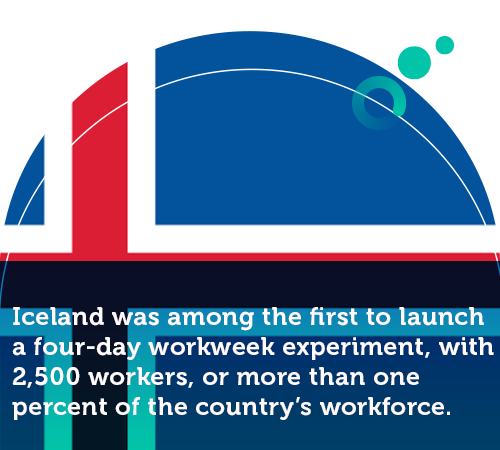The factual data showing the benefits of flexible work arrangements somewhat shadow the potential disadvantages. But there are two sides to everything.
Digital Marketing Manager of Explainerd, Natasha Rei, believes there are pros and cons to the shorter work schedule. Rei explains: “On the plus side, employees have more time to enjoy their personal lives and do things outside of work. That leads to improved morale and productivity when they’re actually at work.
And since employees are working fewer days, they may feel like they need to cram more hours into those days, leading to burnout.”
One of the main drawbacks is that this approach doesn’t work for everyone, for example, medical professionals and other high-demand jobs.
Additionally, the implementation itself is complex.
Businesses that can pull off a shorter work week would still have to up-skill, restructure teams, and adapt the workflow to this new way of working. Otherwise, their employees’ work-life balance can worsen or lead to potential customer dissatisfaction and low work quality.
Joanne Martin recalls the most significant disadvantage from personal experience: “I have worked four days in the past. What I found was that often my employer would say, can you just attend this meeting at 3 P.M. tomorrow for an hour? I actually found it interfered a lot with what I had planned for that day, and I wasn’t being paid to get into the work mindset.
Having said that, I love the concept, and in the end, I would avoid returning work calls on my day off and not log onto the work computer. That worked well and provided the perfect balance to energy.
I think, as an employee, you need to be realistic about the amount of work you can complete in four days and not end up working five days in four, which is what often happens when people work four days.”
According to Loran Marmes, owner of Medicare Solutions, fitting all work responsibilities within a shorter work-frame could result in stressed employees.
From an employer’s point of view, Marmes concludes: “Examining the impact on employee productivity, morale, and retention, I am not entirely convinced that a four-day work week is the best option for our company.
The potential benefits of a four-day week are clear – employees would have more time to spend with family and friends and get additional days off each week.
However, this arrangement has potential drawbacks, including lower productivity and increased stress levels”.
WCAG Pros co-founder Matt Post also agrees that a shorter working week can have some repercussions, adding: “Although four-day working weeks may be shorter, employees should be aware that they may receive less pay for working fewer days. Additionally, it can be difficult to maintain a work-life balance in a four-day week because there are only four days to get everything done”.


















